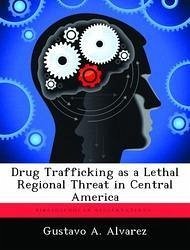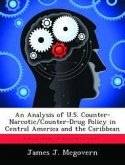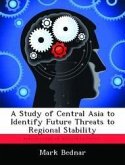Drug trafficking has been a menace in most Latin American countries for many decades. We know enough about how the phenomenon works as an economic and social problem and how it affects the continent, but in the last decade, with the attention of the world on Islamic extremist terrorism, there has been a diversion of resources and political attention from how drug trafficking has evolved and how much of a threat it is currently posing to the developing democracies in Latin America. This thesis explores just how critical the problem of drug trafficking currently is in Central America and what consequences we can expect for the region and for the US. This study is important because it sheds light on a problem that has not only dramatically grown and spread throughout many Latin American countries but has acquired new objectives and operational concepts that have probably turned it into the most lethal regional threat against many of the fragile developing democracies particularly in Central America. This work also explores the growing threat that this situation poses directly to the US. My primary question is: How has drug trafficking evolved in Latin America and what level of threat does it pose to Central America? The methodology I used to serve my thesis was a deductive one. I looked into the effect patterns of drug trafficking in the Andean region of South America and compared them to those of Mexico, which is the most recent focal point of drug trafficking in Latin America, in order to prove their evolving changes and effects on the health of the states they operate in. The results can be extrapolated into the political, economic and social environment of Central America in order to project the consequences of drug trafficking in the next 10 years.








